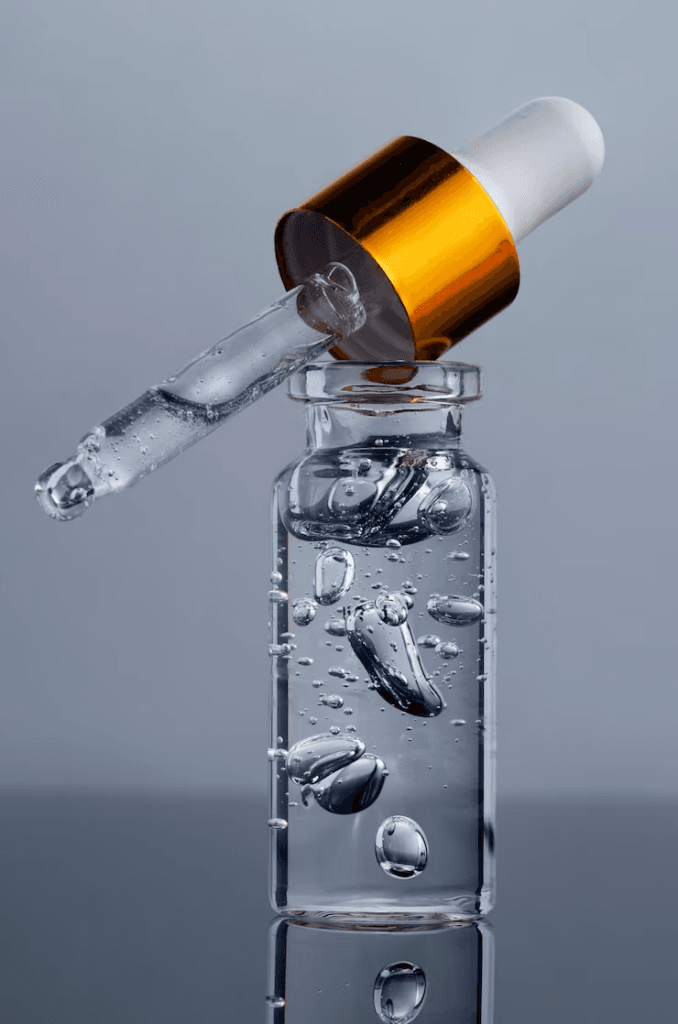Melasma is a common skin condition that causes dark patches to appear on the face, typically on the cheeks, forehead, and upper lip. It is often triggered by sun exposure, hormonal changes, or certain medications. While there is no cure for melasma, there are several effective treatments available, including acid treatments.
Melasma: Understanding the Condition
Melasma is caused by an overproduction of melanin, the pigment that gives skin its color. This overproduction can be triggered by a variety of factors, including:
- Sun exposure: UV rays from the sun can stimulate the production of melanin, leading to the development of melasma.
- Hormonal changes: Melasma is often associated with hormonal changes, such as those that occur during pregnancy or menopause.
- Certain medications: Some medications, such as birth control pills and hormone replacement therapy, can also trigger melasma.

Acid Treatments for Melasma: An Overview
Acid treatments are a common and effective way to treat melasma. Acids work by exfoliating the skin, removing the top layer of dead skin cells and revealing the brighter, healthier skin underneath. They can also help to reduce the production of melanin, lightening the dark patches associated with melasma.
There are several different types of acids that can be used to treat melasma, including:
- Glycolic acid: A mild acid that is suitable for all skin types.
- Lactic acid: Another mild acid that is also effective at lightening dark spots.
- Mandelic acid: A stronger acid that is best suited for oily or acne-prone skin.
- Salicylic acid: A beta-hydroxy acid that is effective at exfoliating the skin and reducing inflammation.
Choosing the Right Acid for Your Melasma
The best acid for melasma will vary depending on your individual skin type and the severity of your condition. If you have sensitive skin, it is best to start with a mild acid, such as glycolic acid or lactic acid. If you have oily or acne-prone skin, you may want to try a stronger acid, such as mandelic acid or salicylic acid.
It is important to note that acid treatments can be irritating, especially if they are used too frequently or at too high a concentration. It is always best to start with a low concentration and gradually increase it as tolerated.
Effective Application and Maintenance Strategies
To get the best results from acid treatments for melasma, it is important to apply them correctly and consistently. Here are a few tips:
- Start slowly: Begin by using your chosen acid once or twice a week. Gradually increase the frequency of application as tolerated.
- Apply evenly: Apply the acid to the affected areas of your face, avoiding the delicate skin around your eyes.
- Leave on for the recommended time: Most acids should be left on for 10-15 minutes before being rinsed off. Follow the instructions on the product label carefully.
- Moisturize: After rinsing off the acid, apply a moisturizer to help soothe and protect your skin.
- Use sunscreen: It is important to wear sunscreen every day, even if you are not using acid treatments. Sunscreen will help to protect your skin from the sun’s harmful UV rays, which can worsen melasma.
Acid treatments can be an effective way to lighten the dark patches associated with melasma. However, it is important to choose the right acid for your individual skin type and to use it correctly and consistently. With proper use, acid treatments can help you to achieve a clearer, more even skin tone.
Discover the expertise of Dr. Ebru Okyay, your trusted dermatologist in Antalya. Whether you’re looking to address medical skin concerns or enhance your natural beauty with cosmetic treatments, Dr. Okyay is here to help. With personalized care and advanced techniques, achieving your skin goals has never been easier.
Here’s an FAQ on Acid Treatments for Melasma:
What is Melasma?
Melasma is a common skin condition that causes brown patches, often on the face. It’s more prevalent in women, especially those with darker skin tones. While it’s not harmful, it can be distressing for many.
What are Acid Treatments?
Acid treatments involve applying acids to the skin to exfoliate and improve its texture. Different acids, such as alpha hydroxy acids (AHAs) and beta hydroxy acids (BHAs), can be used to target specific skin concerns.
How Can Acid Treatments Help Melasma?
Acid treatments can help lighten melasma patches by exfoliating the top layer of skin, revealing a brighter layer underneath. They can also help reduce inflammation and even out skin tone.
Are Acid Treatments Safe for Melasma?
While acid treatments can be effective for melasma, it’s important to consult a dermatologist before starting any new skincare routine. They can assess your skin type and recommend the most suitable treatment plan.
What are the Potential Side Effects of Acid Treatments?
Common side effects of acid treatments include dryness, redness, and irritation. These side effects are usually mild and temporary. However, more severe side effects, such as burning and scarring, can occur if the treatments are not used correctly.
How Often Should I Use Acid Treatments for Melasma?
The frequency of acid treatments depends on the strength of the acid and your skin’s tolerance. Your dermatologist can provide specific recommendations. It’s generally advisable to start with less frequent applications and gradually increase the frequency as your skin adjusts.
Can I Use Other Products with Acid Treatments?
It’s essential to use gentle, fragrance-free products alongside acid treatments to avoid further irritating the skin. Consult your dermatologist for advice on compatible products.
How Long Does it Take to See Results from Acid Treatments?
Results from acid treatments can vary depending on the severity of melasma and individual skin responses. It may take several weeks or even months to see significant improvement.
Can I Use Acid Treatments During Pregnancy or While Breastfeeding?
It’s generally not recommended to use acid treatments during pregnancy or while breastfeeding. Consult your doctor for personalized advice.
